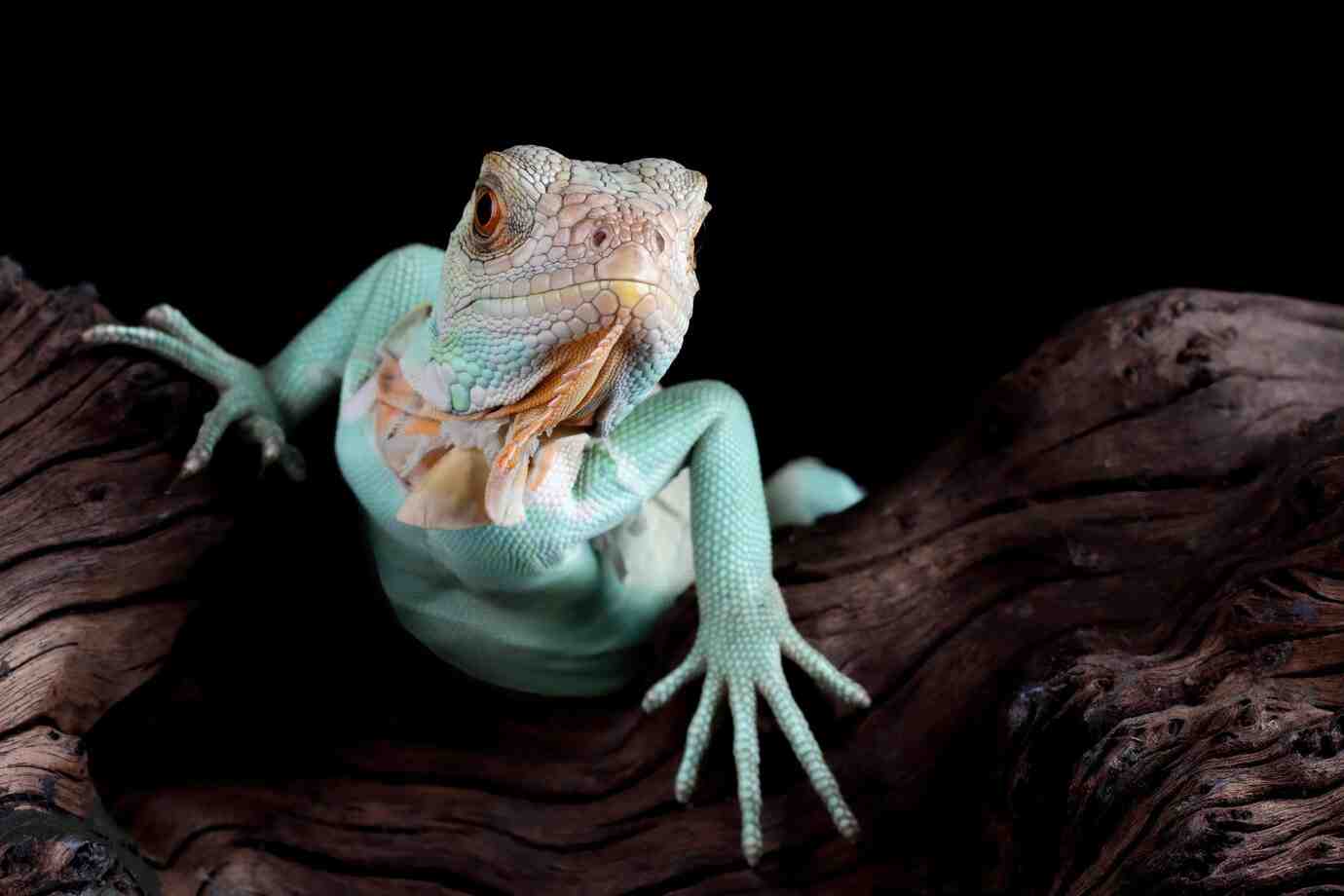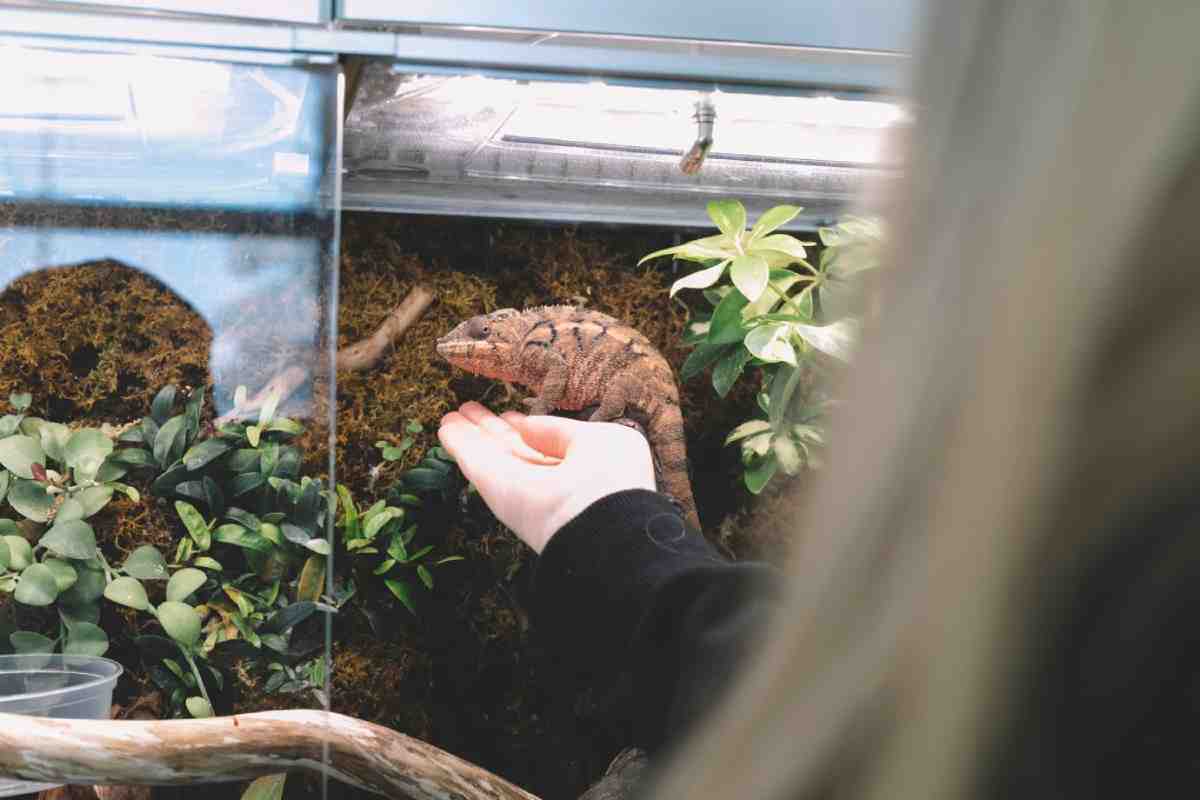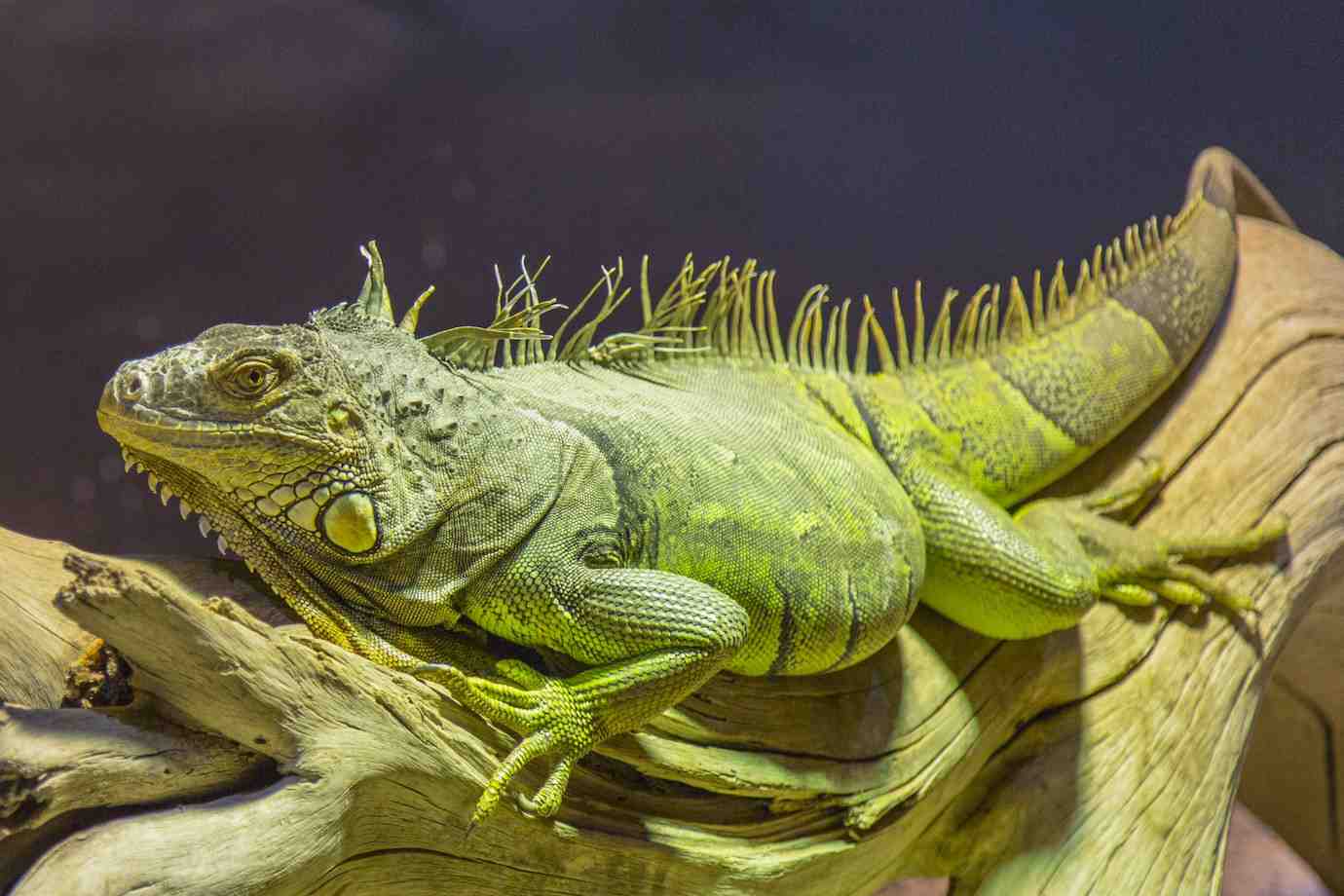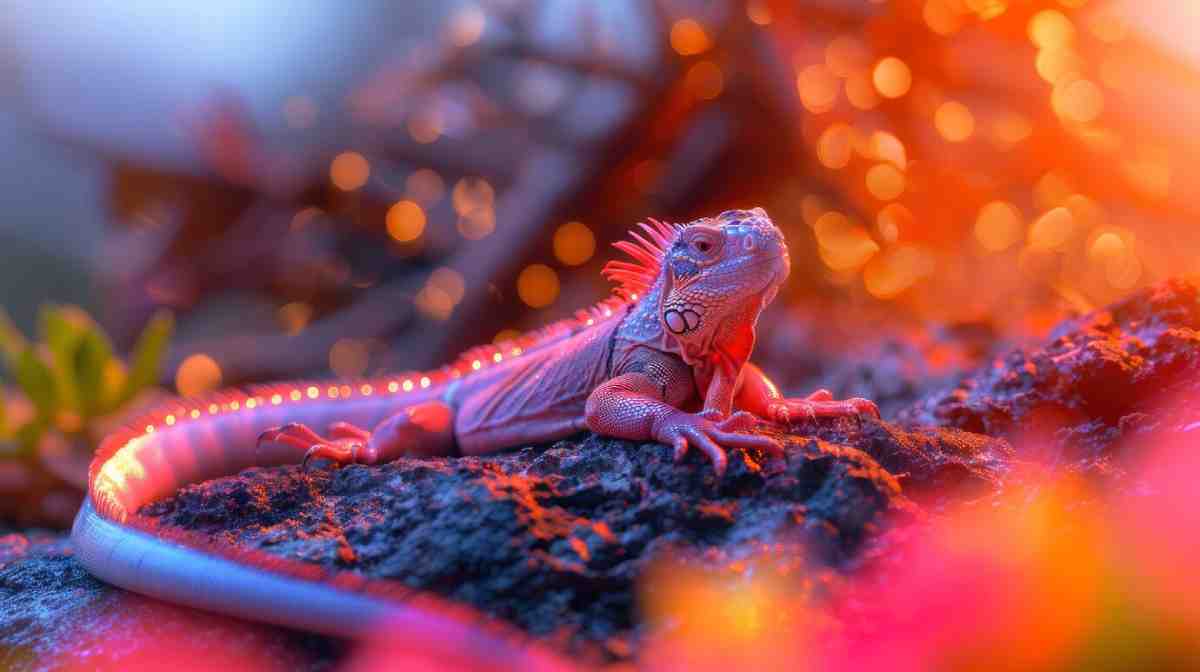
Lighting Essentials for Healthy Reptile Enclosures
Lighting in a reptile enclosure isn’t just about visibility — it’s about survival. Reptiles need certain light wavelengths. These wavelengths help control their metabolism, behaviour, and health. Without proper lighting, even the best diet and enclosure design may fall short.
This guide covers essential reptile lighting. It explains UVB lighting’s role, how to meet key light needs, and tips for choosing the right bulbs and placements. Good lighting is essential for your bearded dragon, leopard gecko, or tropical snake. It’s vital for their long-term health.
The Role of Lighting in a Reptile’s Life
In the wild, reptiles receive full-spectrum sunlight daily. This includes UVA and UVB rays — both crucial to their biological functions. Enclosure lighting must replicate this as closely as possible to maintain health in captivity.
Key Functions of Proper Lighting:
- UVB light allows synthesis of vitamin D3, helping calcium absorption
- UVA light supports natural behaviour, such as feeding and mating
- Visible light helps regulate circadian rhythms and activity
- Heat from lighting creates basking zones to support thermoregulation
Every light source has a specific role. If you skip any of them, it can lead to long-term health issues.
Understanding Reptile Light Requirements
Different species have different needs. Desert reptiles need more UVB light than rainforest species. Rainforest reptiles stay in the shade longer.
Main Types of Light Required:
| Type of Light | Purpose | Needed By |
| UVB (290–320 nm) | Vitamin D3 synthesis | Most diurnal reptiles |
| UVA (320–400 nm) | Behavioural cues | All reptiles |
| Visible Light | Day/night cycle | All reptiles |
| Infrared/Heat | Thermoregulation | Most reptiles |
Species Examples:
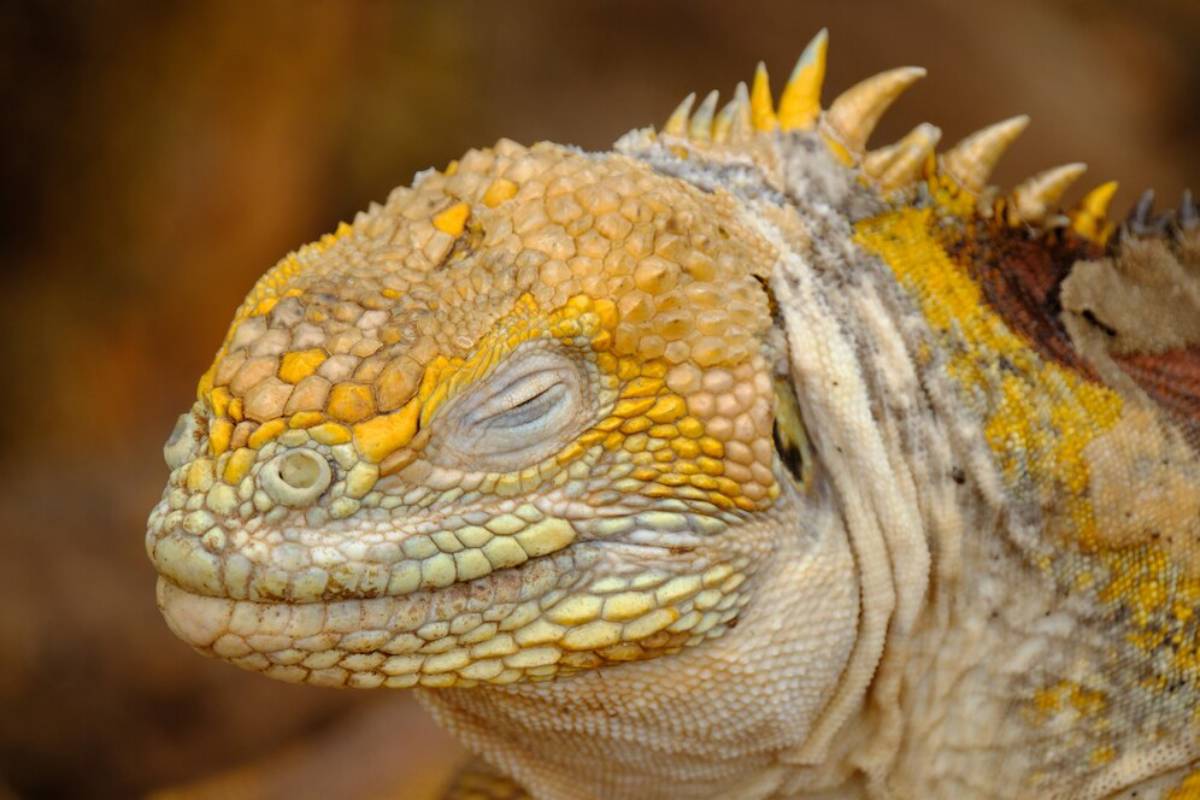
- Bearded Dragons – High UVB (desert)
- Crested Geckos – Low UVB (rainforest)
- Leopard Geckos – Low to moderate UVB (crepuscular)
- Tortoises – High UVB with intense basking light
- Chameleons – Strong UVB and vertical UV gradient
Check care sheets or expert resources for species-specific lighting needs.
Choosing UVB Lighting for Reptiles
Reptiles need UVB lighting to avoid metabolic bone disease (MBD). MBD is common, but it can be prevented by keeping calcium levels balanced. Not all UVB lights are equal — choosing the right type and strength is key.
Types of UVB Bulbs:
- Compact Fluorescent (CFL)
- Easy to install, ideal for smaller enclosures
- Best used in combination with reflectors
- Limited coverage
- T5 High Output (HO) Tubes
- Stronger UVB output, good for larger enclosures
- Provides even UVB spread
- Longer-lasting and more efficient
- Mercury Vapour Bulbs (MVB)
- Combine UVB and heat in one bulb
- Ideal for basking species
- Should only be used in large setups with plenty of ventilation
UVB Strength: 5.0 vs 10.0
- 5.0 UVB: Suitable for forest and shade-dwelling reptiles (e.g., crested geckos, day geckos)
- 10.0 UVB: Ideal for desert reptiles or those with higher exposure needs (e.g., beardies, tortoises)
Always match the bulb to your reptile’s native environment.
Positioning UVB Lighting
- Place bulbs 12–18 inches from the basking spot
- Use a reflector hood to direct light downward
- Replace UVB bulbs every 6–12 months (even if they still glow)
- Avoid glass or plastic covers — UVB doesn’t pass through
Proper placement ensures your reptile actually benefits from the light provided.
For detailed substrate planning that complements light regulation, visit Choosing the Right Substrate for Exotic Reptiles.
Creating a Balanced Lighting Schedule
Reptiles need a consistent day/night cycle, typically set to 12 hours of light and 12 hours of darkness. This rhythm supports natural behaviours like feeding, basking, and resting.
How to Set It Up:
- Use timers to maintain consistent lighting
- Adjust seasonally if your reptile benefits from natural variations
- Avoid light at night — use ceramic heat emitters for overnight warmth
Maintaining a rhythm that mimics nature helps regulate hormones and stress levels.
Basking Lights and Heat Sources
Most reptiles require a basking area to regulate body temperature. Heat sources can be separate basking bulbs. They can also be combined with UVB in mercury vapor bulbs.
Types of Heat Lights:
- Halogen Basking Bulbs – Focused heat with bright visible light
- Infrared Heat Lamps – Provide warmth without light (useful at night)
- Ceramic Heat Emitters – Long-lasting, heat-only option
- Deep Heat Projectors – Mimic natural warmth with better safety profile
Place basking lights at one end of the enclosure to create a temperature gradient. This allows reptiles to move between warm and cool areas as needed.
Lighting for Nocturnal and Crepuscular Reptiles
Not all reptiles bask under bright light. Some, like leopard geckos and ball pythons, are active during dawn, dusk, or night.
For Low-Light Species:
- Use low-output UVB bulbs (e.g. Arcadia ShadeDweller)
- Provide ambient lighting during the day to maintain rhythm
- Avoid bright, direct lighting that causes stress
- Use infrared or ceramic heat for warmth without light
Even nocturnal reptiles gain from a soft day/night cycle, though it’s less intense.
Lighting Safety and Maintenance Tips
A good reptile lighting setup is not set-and-forget. Regular checks ensure safe and effective function.
Best Practices:
- Test UVB levels using a solar meter (e.g. Ferguson zone method)
- Keep fixtures secure and out of reach
- Clean bulb covers to remove dust that blocks light
- Replace bulbs on schedule — UVB output fades before visible light dims
- Check enclosure temperature regularly with digital thermometers
Routine maintenance helps avoid costly mistakes and keeps your reptile in peak health.
Combining Lighting with Natural Enclosure Design
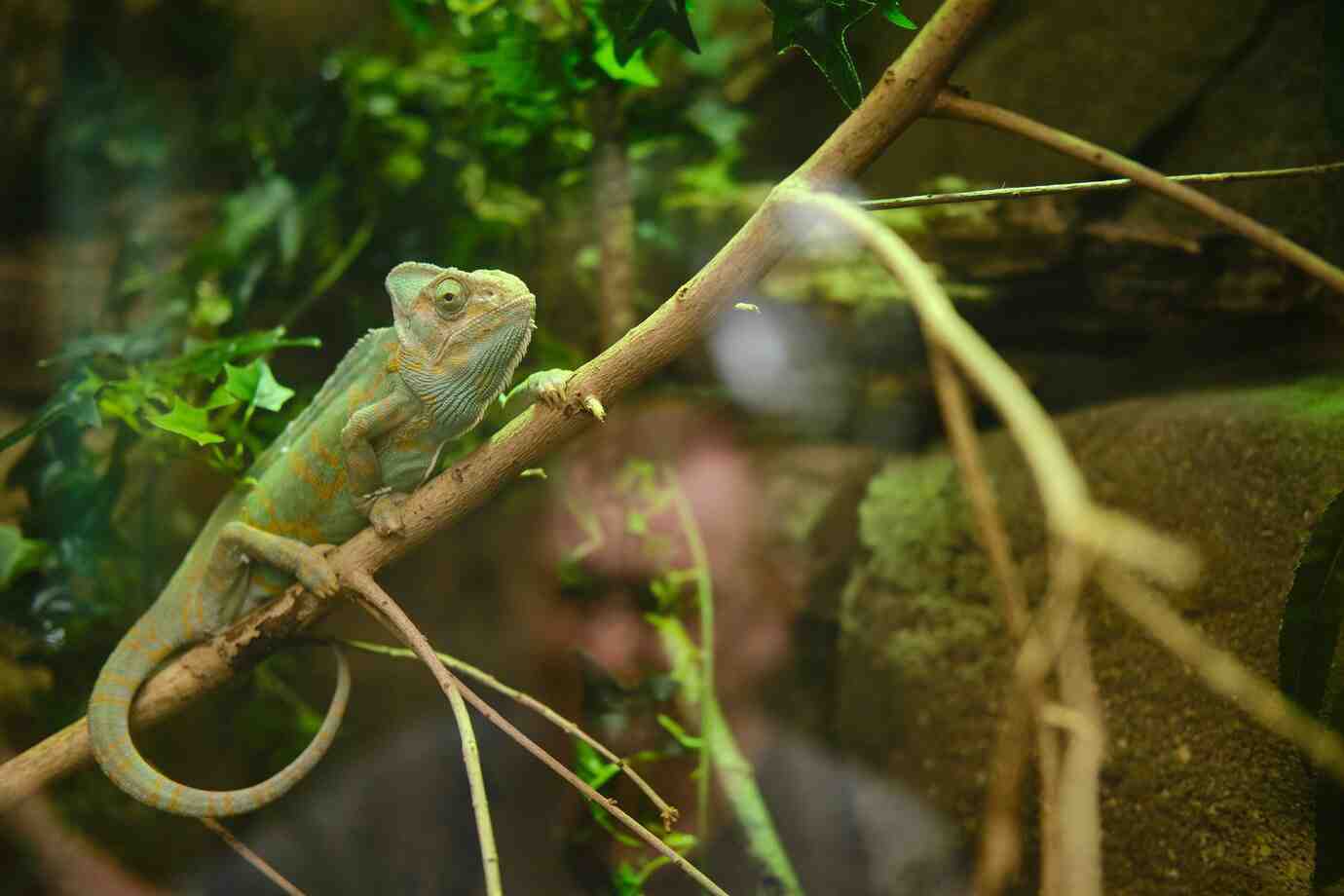
Great lighting works best when paired with thoughtful enclosure layouts.
Design Tips:
- Use branches and rocks to create basking zones at correct distances
- Include hides and shaded areas to allow retreat from light
- Position UVB bulbs so they shine directly onto open basking spots
- Combine lighting with humidity and ventilation controls for full habitat support
Lighting should feel like sunlight — not just a bulb above glass.
Common Mistakes to Avoid
Lighting errors can lead to stress, illness, or even long-term skeletal issues.
Top Lighting Mistakes:
- Using UVB bulbs through glass or mesh
- Placing UVB too far from basking zone
- Using the wrong UVB strength for the species
- Skipping UVB for “low-light” reptiles that still need it
- Leaving lights on 24/7 without timers
Avoid these missteps and consult reputable care guides or reptile vets when unsure.
Light Their World, Brighten Their Health
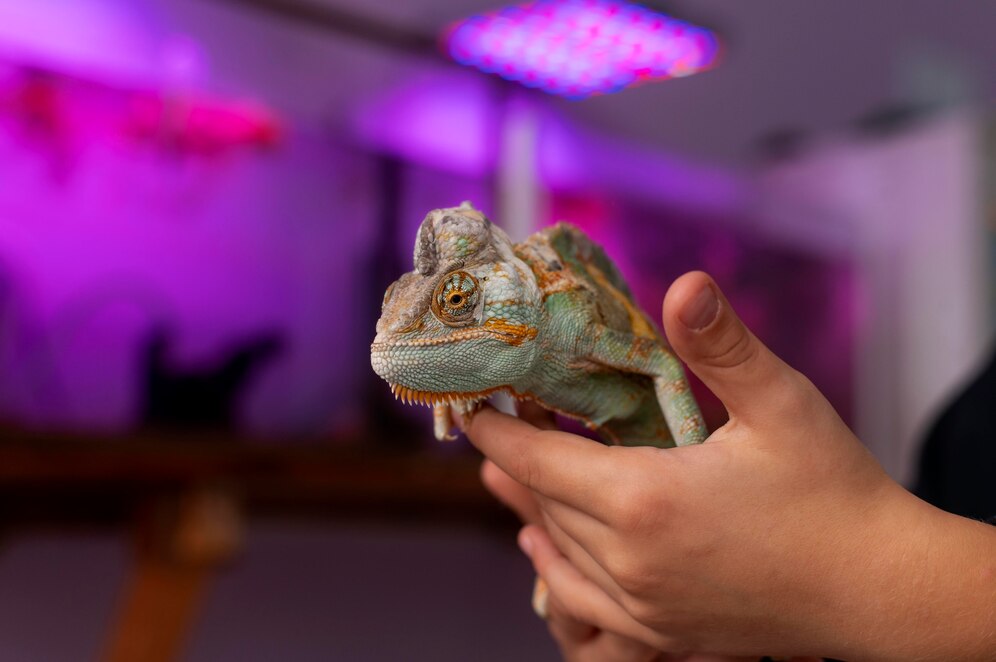
Correct lighting is the foundation of a healthy, thriving reptile enclosure. Setting up a rainforest terrarium or a desert vivarium? Knowing reptile light needs is key. Installing the right lighting setup can make a big difference.
Light affects your reptile in many ways. UVA and UVB rays help with health. Basking in warmth provides comfort. Also, light supports their daily rhythms. Choose quality bulbs, install them with care, and review your system regularly. With the right UVB lighting for reptiles, you’re not just lighting their space. You’re also boosting their health.
For a complete temperature control strategy, read Temperature and Humidity Control for Reptile Habitats.
